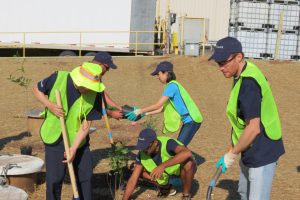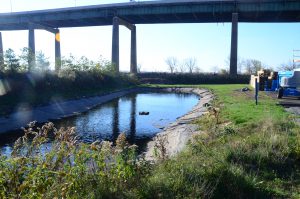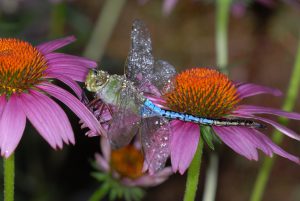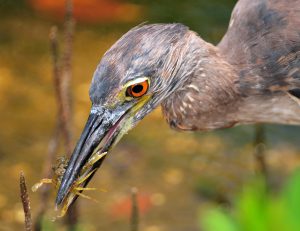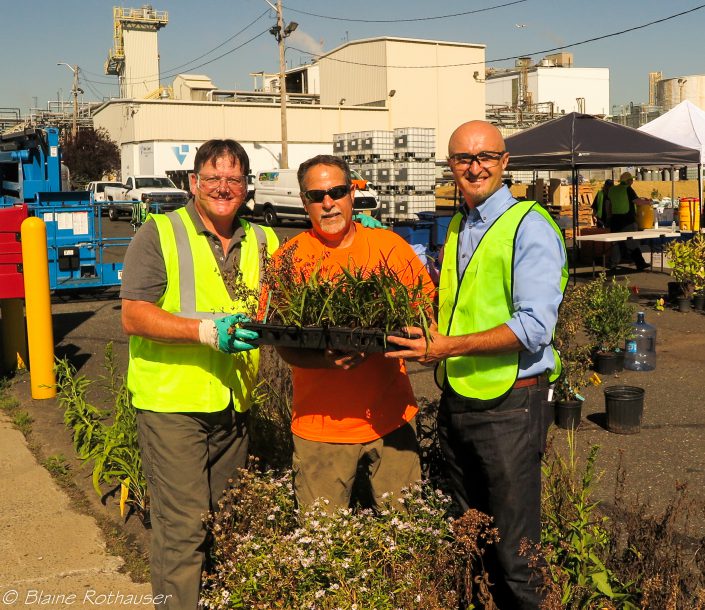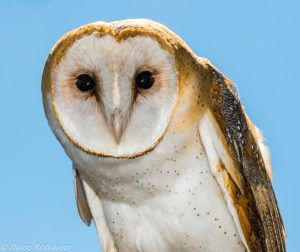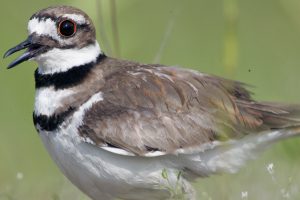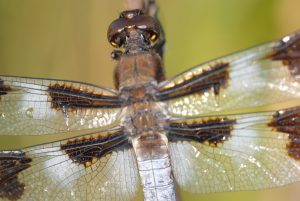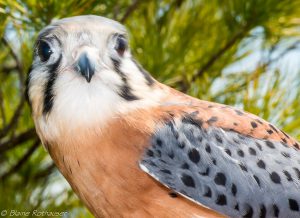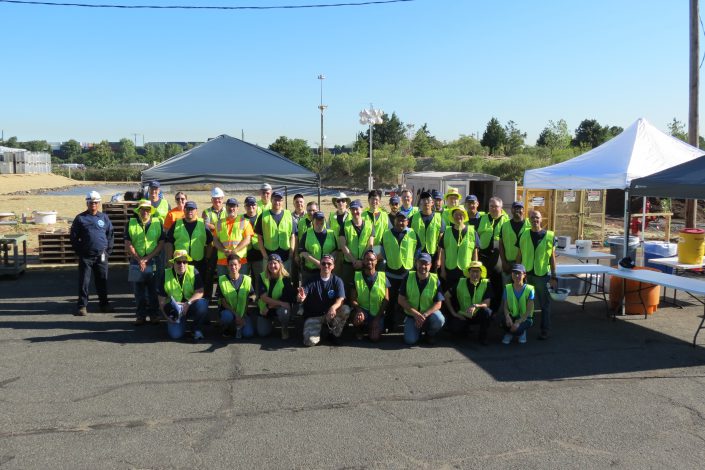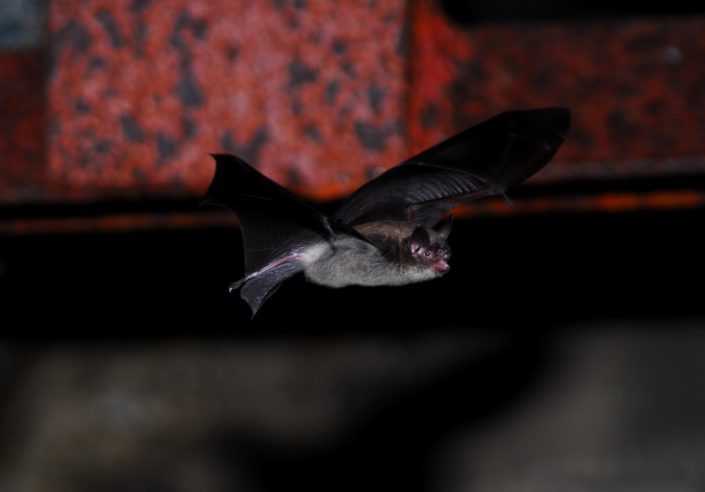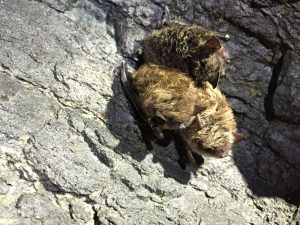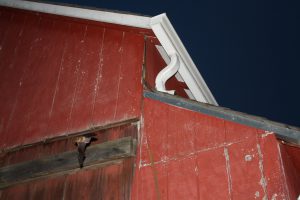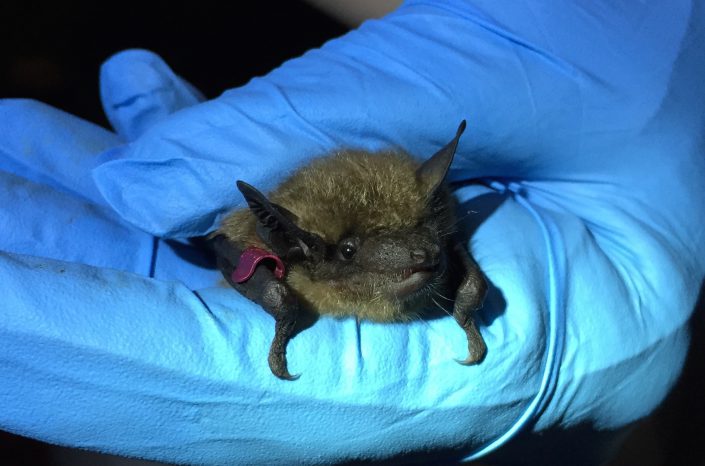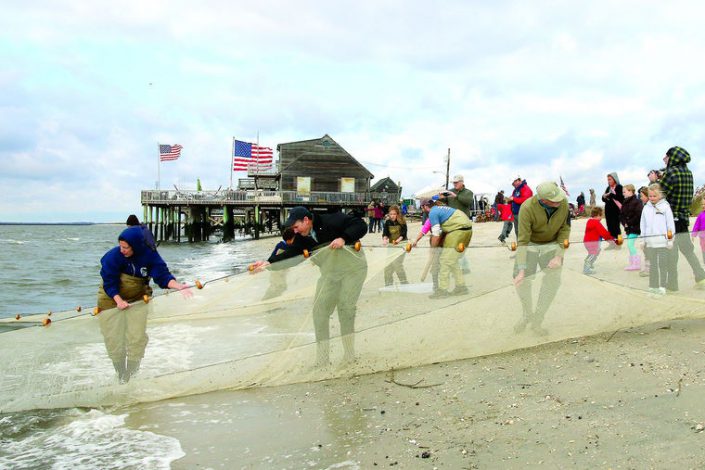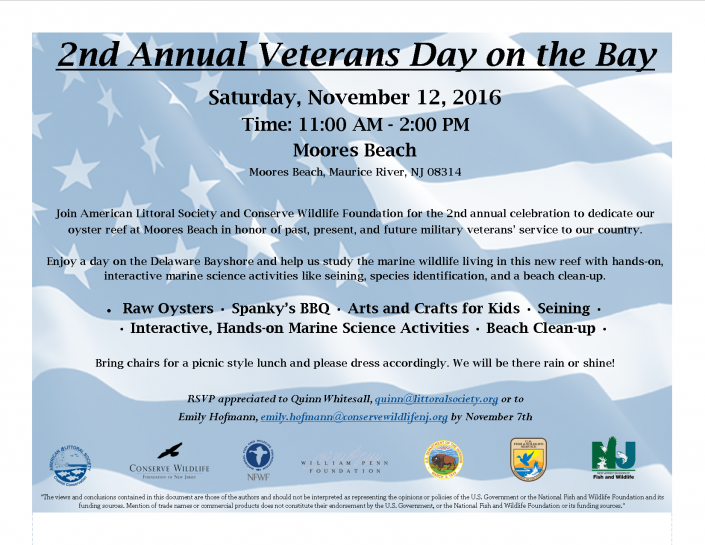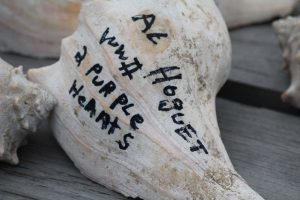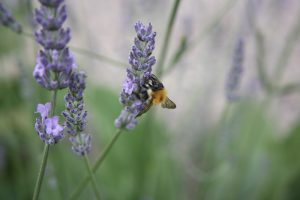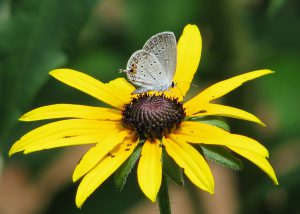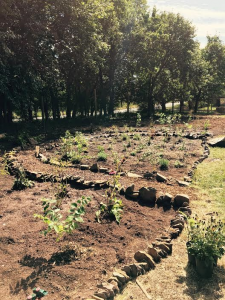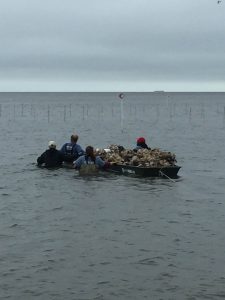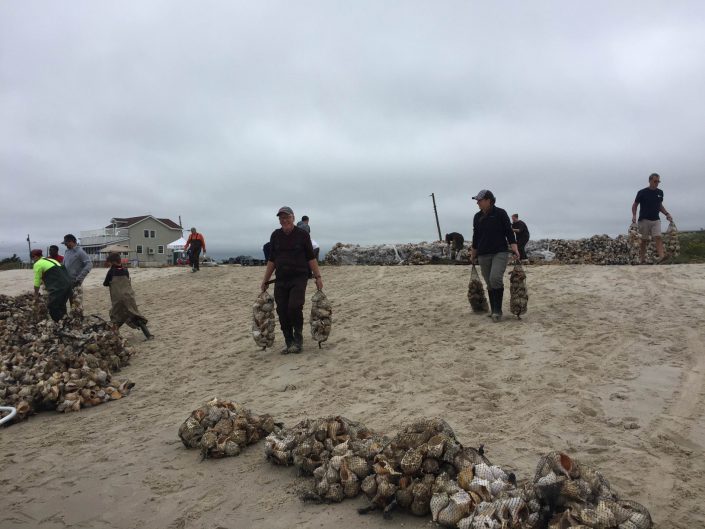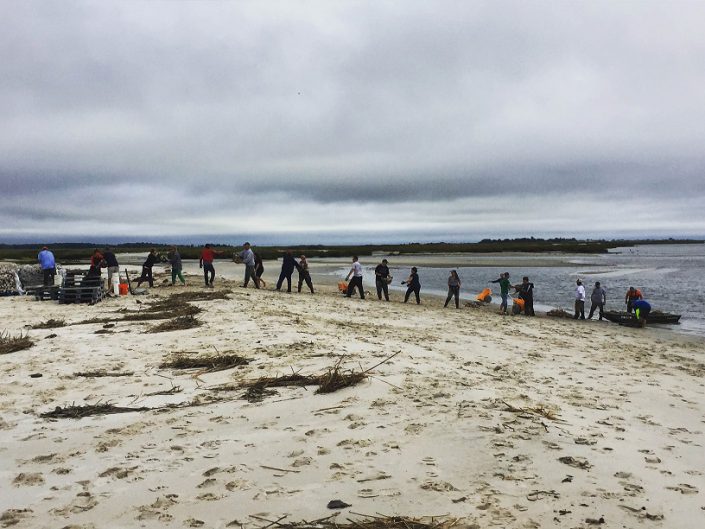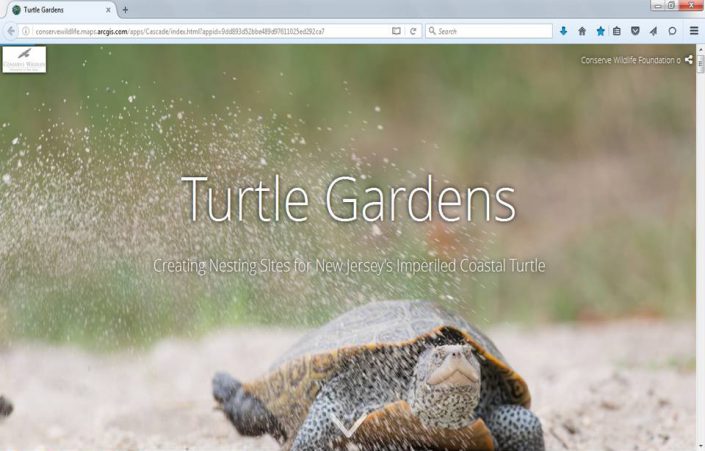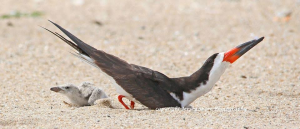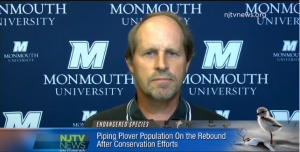US Biologist Wendy Walsh Honored for her Conservation Leadership
By Mara Cige
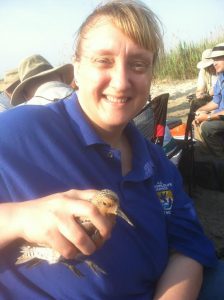
As a Senior Fish and Wildlife Biologist at the United States Fish and Wildlife Service, 2016 Women & Wildlife Leadership Award Winner Wendy Walsh has proven herself invaluable in the endangered species field for her work with wildlife such as the piping plover, swamp pink, and seabeach amaranth. Her most notable work is with the red knot. Ms. Walsh took the species lead in the middle of the federal listing process. Her tireless efforts coordinating, analyzing and interpreting data, particularly detailing the effects of changing climate on these long-distance migrant shorebirds has made her work widely acclaimed as the final rule. From biology to policy, she has an uncanny ability to grasp important information and translate it for any species she finds herself working with. She has created partnerships with additional organizations to accelerate conservation efforts. In such collaborations, Ms. Walsh’s open-mindedness to others’ expertise makes for effective planning and implementation of the vision she has to one day recover all threatened and endangered species.
Join us to honor Wendy and the two other 2016 Women & Wildlife Award Winners on Wednesday, November 30th beginning at 6pm. Purchase events tickets and find more information.
CWF asked Wendy a few questions about what working in wildlife rehabilitation means to her:
What motivates you to get out of bed each morning and go to work?
“Engagement with the work. Of course there are those mundane tasks we all have, but in general I find my work highly engaging. Sometimes when I’m at home, I’ll think of some new resource or approach to a conservation problem I’ve been working on — then I can’t wait to bring that idea to the office and try to apply it. When it works, my job can also be very rewarding.”
What is your favorite thing about your job?
“I love that I’m constantly learning something new. Over the years, I’ve had the chance to learn about and observe so many species, and I’ve had the chance to really get to know a few in particular — piping plovers, seabeach amaranth, bog turtles, swamp pink, and red knots. And I’ve had the opportunity to work on such a wide range of issues — utility lines, transportation, mitigation, stormwater, beach nourishment, bird collision, volunteer programs, restoration, fishery management, listing, and most recently aquaculture. I’m very fortunate to have a job where there is always a new learning opportunity on the horizon.”
Do you have a New Jersey wildlife species that you like best? Why?
“From a non-scientific point of view, I love watching dragonflies and wading birds with my kids, and taking the family to count and tag horseshoe crabs. But professionally, I’m partial to the beach species I’ve worked on — piping plovers, red knots, seabeach amaranth. I enjoy the beach ecosystem, and I feel a responsibility to these beach-dependent species that face so many challenges along New Jersey’s human-dominated coast.”
What interests you the most about New Jersey’s wildlife?
“I’m fascinated at the contrast between New Jersey’s really remarkable habitats and ecosystems in the context of our equally remarkable human population density. Generations of pioneering conservationists from past decades have allowed our State’s wildlife to persist even with so many people. I view our generation — and my kids’ — as stewards of that conservation legacy.”
What is your favorite thing to do when you aren’t working?
“I love spending time with my family, such as taking trips with my husband, Mac, and two daughters, as well as time with extended family — Mom, brothers, cousins. I enjoy working with my kids’ Girls Scout troops and helping at their schools.”
Please join us on Wednesday November 30, 2016 from 6:00 – 8:30 p.m. at the Duke Farms’ Coach Barn to honor the contributions that Wendy Walsh, Martha Maxwell-Doyle, and Tanya Sulikowski have made to wildlife in New Jersey.
We are excited to recognize the leadership and inspiration they provide for those working to protect wildlife in New Jersey. Women & Wildlife will also celebrate the timeless and inspiring journeys of wildlife migration in New Jersey and beyond.

